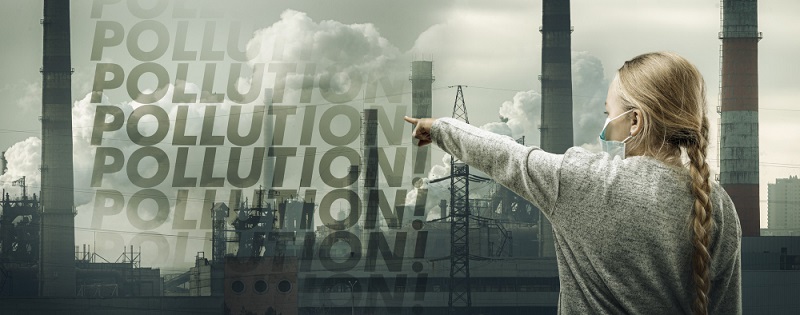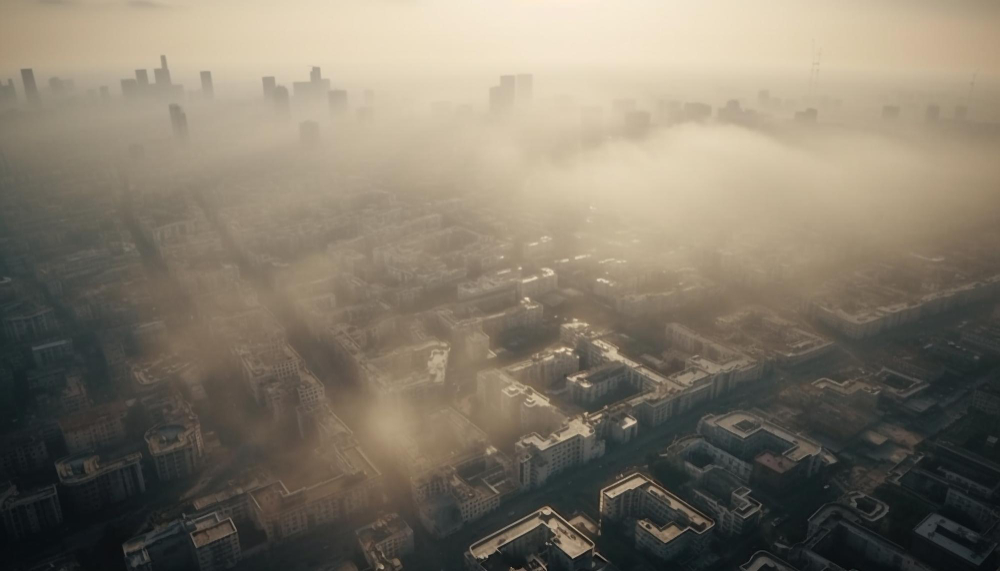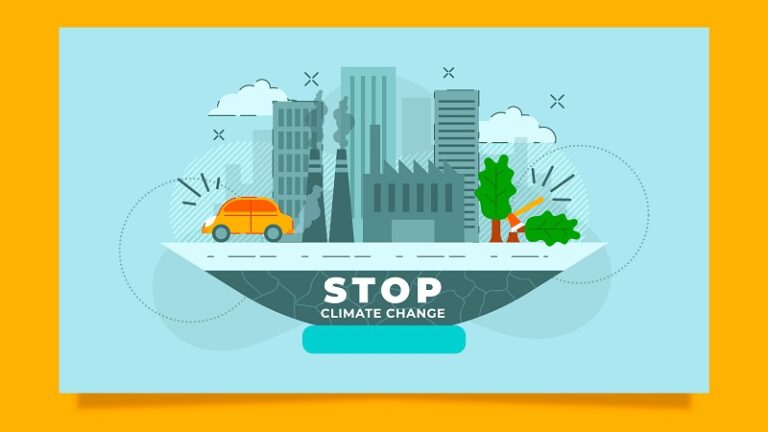People today are more aware of environmental pollution and climate change. They often ask different questions, and one of the most common is: “Which type of pollution includes CFCs and smog?” The type of pollution that includes CFCs and smog is air pollution. CFCs contribute to the depletion of the ozone layer and global warming, while smog forms from pollutants like car exhaust and industrial emissions, harming air quality and human health.
When we hear about pollution, we often think of dirty air or polluted water, but did you know that certain chemicals in the air cause even more serious problems? CFCs (chlorofluorocarbons) and smog are part of a type of pollution that we call air pollution. These pollutants not only affect our health but also damage the planet. In this article, we will explore what CFCs and smog are, how they contribute to air pollution, and what we can do to reduce their harmful effects.
What Are CFCs?
CFCs, or chlorofluorocarbons, once played a common role in refrigerators, air conditioners, and aerosol sprays. Although they seemed harmless initially, we now know they cause significant damage. We now know that CFCs can do a lot of damage. These chemicals float into the atmosphere and break down the ozone layer, protecting us from the sun’s harmful ultraviolet (UV) rays. Without the ozone layer, the Earth would be exposed to more UV radiation, increasing the risk of skin cancer and other health problems.
How CFCs Cause Air Pollution
CFCs don’t stay close to the ground where we live and breathe. Instead, they rise into the upper atmosphere, broken down by UV light. This breakdown releases chlorine atoms, which then attack and destroy ozone molecules. This process is a big reason why the ozone layer has become thinner over the years, especially over Antarctica, where the infamous “ozone hole” forms.
The thinning ozone layer is a serious issue, but CFCs also contribute to air pollution in other ways. Because they stay in the atmosphere for a long time, they trap heat, producing potent greenhouse gases. Greenhouse gases are a key cause of global warming and climate change.
What Is Smog?
Smog is another type of air pollution, but it looks very different from the invisible CFCs. Smog is a thick, cloudy air mixture that forms when sunlight reacts with pollutants like car exhaust, industrial emissions, and volatile organic compounds (VOCs). The word “smog” is a mix of “smoke” and “fog” because it looks like a dirty haze in the sky.
There are two main types of smog: photochemical smog and sulfurous smog. Photochemical smog is the more common type today, and it happens mostly in cities with many cars and factories. This smog contains harmful chemicals like ozone, which is good when it’s high in the atmosphere but dangerous near the ground. Ground-level ozone can cause breathing problems, especially for people with asthma.
How Smog Affects Air Quality
When smog covers a city, it lowers air quality, making breathing harder for people. High smog levels can lead to serious health problems, especially for children, the elderly, and those with respiratory diseases. It can irritate the eyes, throat, and lungs and even worsen heart conditions.
Besides affecting our health, smog can harm the environment. It can damage crops, trees, and animals by reducing the amount of sunlight that reaches the Earth’s surface. It also makes buildings and other structures look dirty and old by leaving a layer of grime on them.
The Connection Between CFCs and Smog
CFCs and smog may seem like they belong to different types of pollution, but they are both key parts of air pollution. CFCs destroy the ozone layer, making the Earth more vulnerable to harmful radiation, while smog creates immediate health problems for people living in polluted cities. Together, these pollutants worsen air quality and contribute to global warming.
Why Is Air Pollution Dangerous?
Air pollution is one of the biggest environmental challenges today. It affects our health and causes long-term damage to the planet. Some of the dangers of air pollution include:
- Health issues: Air pollution can cause respiratory problems, heart disease, and cancer.
- Global warming: Pollutants like CFCs and other greenhouse gases trap heat, raising the Earth’s temperature.
- Damage to ecosystems: Air pollution affects plants and animals, leading to biodiversity loss.
- Economic losses: Poor air quality can harm agriculture, tourism, and infrastructure, costing billions annually.
How Can We Reduce CFCs and Smog?
Now that we understand the dangers of CFCs and smog, it’s crucial to explore effective ways to reduce pollution. One key player in this effort is Plastic Fusion, whose innovative containment systems are designed to prevent harmful emissions from leaking into the environment. Here are some steps we can take to help reduce air pollution:
- Use eco-friendly products: Many companies have stopped using CFCs, but it’s still important to check that your products are CFC-free.
- Drive less: Cars are one of the biggest contributors to smog. Try to walk, bike, or use public transportation when you can.
- Plant trees: Trees help clean the air by absorbing carbon dioxide and releasing oxygen.
- Support clean energy: Using renewable energy sources like solar and wind can help reduce the need to burn fossil fuels, which creates smog. Along with this, install home insulation, specifically green blown-in insulation for your home, avoiding the overuse of cooling and heating appliances that emit carbons and other poisonous gasses.
- Recycle: Recycling reduces the need for factories to make new products, reducing industrial emissions.
FAQs
What is air pollution?
Air pollution is the presence of harmful substances in our air, including chemicals like CFCs and pollutants like smog.
How do CFCs harm the environment?
CFCs destroy the ozone layer, which protects us from UV rays. They also act as greenhouse gases, contributing to global warming.
Why is smog bad for our health?
Smog contains harmful pollutants like ground-level ozone, which can cause breathing problems, lung disease, and other health issues.
Can we completely stop smog from forming?
While we may be unable to stop smog completely, reducing car emissions, using clean energy, and regulating industrial pollution can lower smog levels.
How long do CFCs last?
CFCs can last for many years.
Conclusion
In summary, air pollution including CFCs and smog is a big problem for our health and the environment. CFCs destroy the ozone layer and climate change, smog makes the air we breathe unhealthy. By knowing these pollutants and reducing them we can help ourselves and the planet. Remember even small actions like using eco friendly products and driving less can make a big impact.





